Istanbul’s Fener district has long been the heart of the city’s vibrant Greek Orthodox community. This 3-hour walking tour invites you to uncover the remarkable cultural heritage that has shaped the enduring Romaic presence in Istanbul. From the iconic Byzantine architecture to the influential Phanariote families, the district’s rich history is woven into the very fabric of the city. As you explore the historic churches and iconic buildings, you’ll gain a deeper understanding of the pivotal role the Ecumenical Patriarchate of Constantinople has played in preserving this community’s legacy. Prepare to be captivated by the stories that lie within the streets of Fener.
Key Points
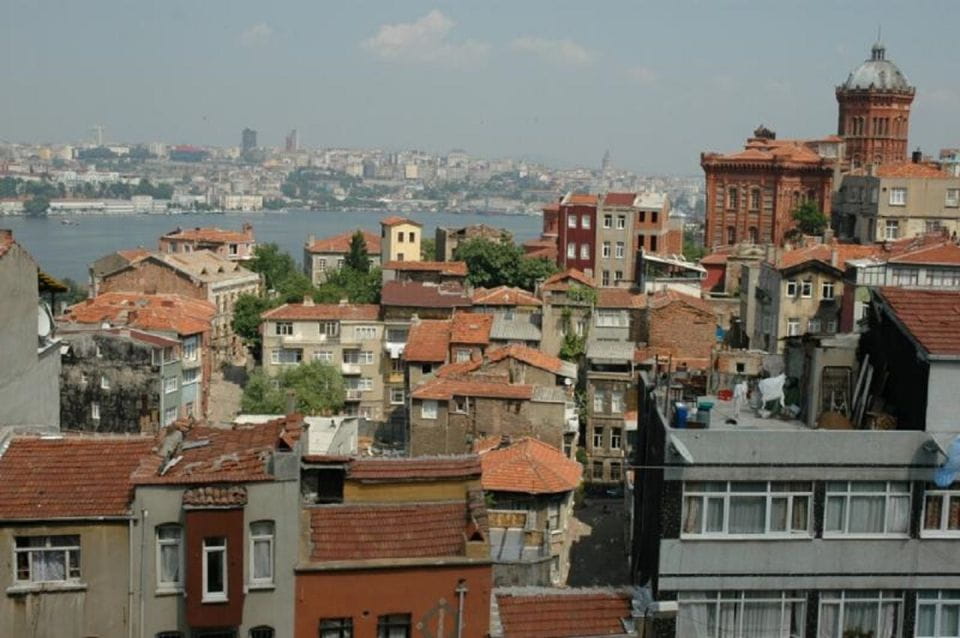
- The 3-hour walking tour explores the Fener district, home to the Ecumenical Patriarchate of Constantinople and the rich history of the Romaic (Greek Orthodox) community in Istanbul.
- Participants learn about the influential role of the Phanariotes, Greek Orthodox families who served as dragomans (interpreters) and held administrative positions in the Ottoman Empire.
- The tour highlights architectural wonders, including the Byzantine church made of iron and steel, showcasing the ingenuity and resilience of the Romaic community.
- Visitors gain insight into the enduring legacy of the Greek Orthodox faith and its cultural influence in shaping the city’s heritage.
- The small group size of up to 6 participants ensures a personalized and immersive experience in the Greek Orthodox District of Istanbul.
Tour Overview
This 3-hour walking tour explores the Greek Orthodox District in Istanbul, known as the Fener district where the Ecumenical Patriarchate of Constantinople is situated. Participants will learn about the history and culture of the Romaic (Greek Orthodox) community in the area.
Tour highlights include viewing old apartments, Byzantine churches, and the Red School. Visitors will also discover the world of the Phanariotes, who served as dragomans to the Ottoman government and foreign embassies.
Plus, the tour includes a visit to a Byzantine church made of iron and steel. The small group size is limited to 6 participants, ensuring a personalized experience with an English-speaking guide.
If you're enjoying exploring Istanbul on foot, you'll love these other walking tours we recommend
Exploring the Fener District
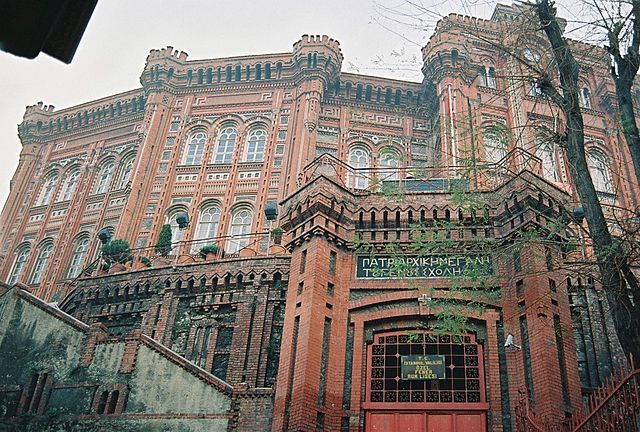
The Fener district, where the Ecumenical Patriarchate of Constantinople is situated, showcases the rich history and cultural heritage of the Romaic (Greek Orthodox) community in Istanbul.
Visitors will admire the old apartments, Byzantine churches, and the iconic Red School, which shed light on the vibrant Romaic presence in the city.
Visitors will explore the world of the Phanariotes, who served as influential dragomans, or translators, for the Ottoman government and foreign embassies, playing a crucial role in the cultural exchange between the Greek Orthodox community and the ruling empire.
Visitors will marvel at the Byzantine church made of iron and steel, a testament to the resilience and adaptability of the Romaic traditions in the face of changing times.
The Ecumenical Patriarchate of Constantinople
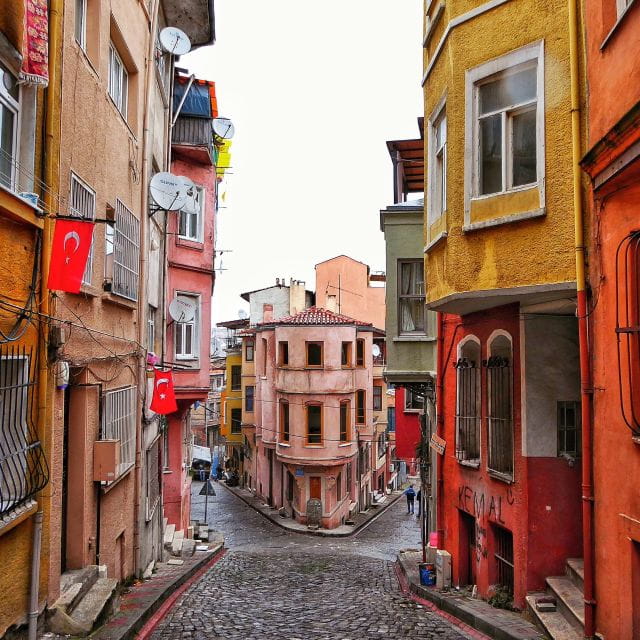
At the heart of the Greek Orthodox community in Istanbul lies the Ecumenical Patriarchate of Constantinople, an institution that has played a pivotal role in the preservation and dissemination of Romaic culture and traditions for centuries.
As the spiritual and administrative center of the Eastern Orthodox Church, the Patriarchate has overseen the religious and cultural affairs of the Greek Orthodox faithful for generations.
Visitors to the Fener district will have the opportunity to learn about the Patriarchate’s history, its role in the Ottoman Empire, and its continued influence in the modern era.
From its Byzantine-style churches to the intricate tapestry of its religious and cultural traditions, the Patriarchate offers a unique window into the enduring legacy of the Greek Orthodox community in Istanbul.
Romaic Community History and Culture
Rooted in centuries of history, the Romaic (Greek Orthodox) community in Istanbul has long been a vibrant and integral part of the city’s cultural fabric. This community has contributed immensely to the city’s rich heritage, leaving an indelible mark on its architecture, arts, and traditions.
The Phanariotes, who served as dragomans (translators and intermediaries) to the Ottoman government and foreign embassies, played a crucial role in shaping the community’s influence.
Some key aspects of the Romaic community’s history and culture include:
- The architectural legacy of Byzantine churches, including the striking iron-and-steel structure that visitors can explore.
- The community’s role in preserving and perpetuating the Romaic language and customs.
- The Phanariotes’ diplomatic and political influence, which extended beyond Istanbul to the broader region.
Architectural Highlights of the District
Winding through the historic Fener district, visitors can admire the stunning array of Byzantine churches that dot the landscape, each one a testament to the architectural prowess of the Romaic community.
The centerpiece of this district is the iconic Church of St. George, an impressive iron and steel structure that dates back to the 19th century.
Nearby, the Red School stands out with its vibrant red-brick facade, a prime example of neo-Byzantine architecture.
As visitors explore the area, they’ll also come across centuries-old apartment buildings, their intricate facades hinting at the rich history of the Phanariotes, who once served as influential intermediaries between the Ottoman government and foreign embassies.
Here are more great tours and experiences we've reviewed in Istanbul
The Phanariotes and Their Influence
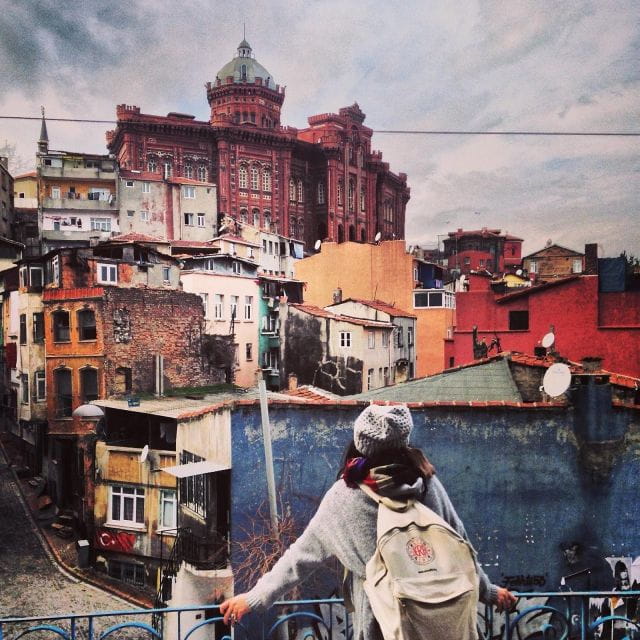
The Phanariotes, a powerful class of Greek Orthodox families, once exerted significant influence within the Ottoman government and foreign embassies, serving as influential intermediaries between the empire and the outside world.
As the Ottomans sought to maintain control over the Greek-speaking population, the Phanariotes were able to leverage their linguistic skills, cultural knowledge, and political acumen to secure positions of power and prestige.
Their influence manifested in three key ways:
- They acted as dragomans (translators and interpreters) for the Ottoman Sultan and foreign diplomats, facilitating communication and negotiations.
- They held administrative positions within the Ottoman government, overseeing the management of the Danubian Principalities.
- They played a crucial role in shaping the relationship between the Ottoman Empire and the Greek Orthodox community, often advocating for the interests of their community.
The Byzantine Iron and Steel Church
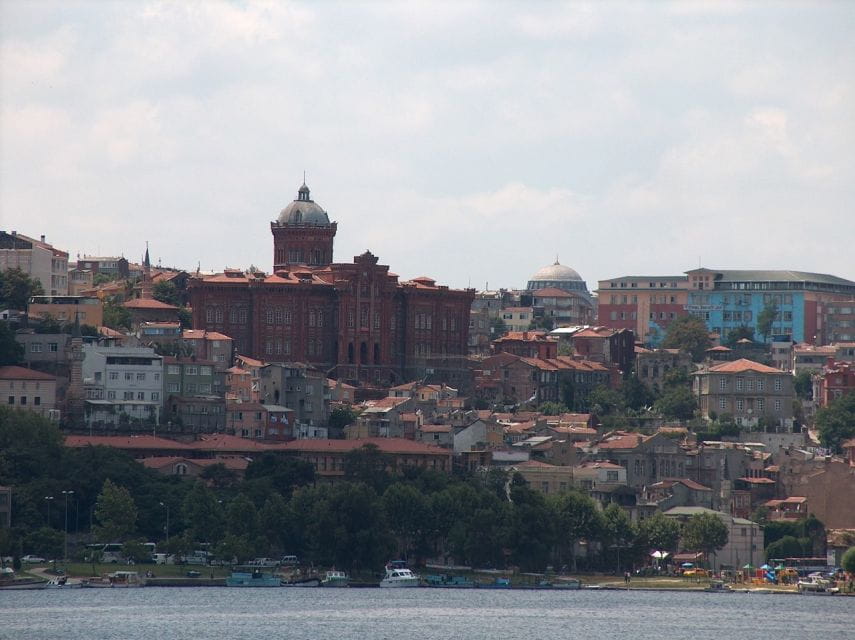
Nestled in the heart of the Greek Orthodox District, the Byzantine Iron and Steel Church stands as a remarkable architectural marvel, blending a unique combination of traditional Byzantine design and innovative modern materials.
Built in the late 19th century, this iconic structure proudly showcases its steel and iron framework, a departure from the typical stone construction of Byzantine churches.
Visitors are captivated by the church’s striking appearance, with its domes and arches seamlessly integrated into the metal skeleton.
The interior is equally impressive, featuring intricate mosaics and ornate chandeliers that create a breathtaking ambiance.
This engineering feat serves as a testament to the ingenuity and craftsmanship of the Greek Orthodox community in Istanbul.
Tour Details and Booking Information

The 3-hour walking tour of Istanbul’s Greek Orthodox District provides an immersive experience for participants, exploring the area’s rich history and cultural heritage. Guests can reserve their spot and pay later, with free cancellation available up to 24 hours in advance.
Tour groups are limited to 6 participants, ensuring a personalized and engaging exploration of the Fener district.
The tour includes the following:
- An English-speaking guide to provide historical context and insights.
- Entrance fees to significant sites, such as Byzantine churches.
- Convenient hotel pickup, ensuring a seamless start to the journey.
While lunch and personal expenses aren’t included, the tour offers a comprehensive and enriching experience for those interested in the Romaic (Greek Orthodox) community’s legacy in Istanbul.
Frequently Asked Questions
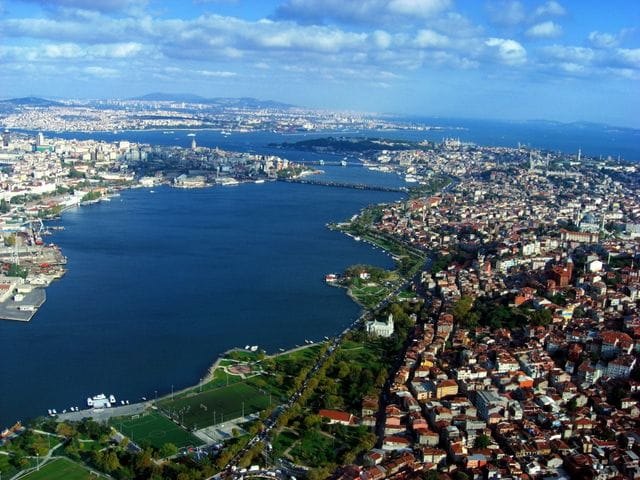
What Is the Minimum Age Requirement for the Tour?
The minimum age requirement for the tour is not specified. Most walking tours welcome participants of all ages, though young children may require additional supervision. Specific age restrictions, if any, are typically determined by the tour operator.
Can the Tour Be Customized for Private Groups?
The tour can be customized for private groups. Travelers can request a private tour to have a more personalized experience and tailor the itinerary to their specific interests and needs.
Is Photography Allowed Inside the Churches?
Photography is generally allowed inside the churches visited on the tour, though visitors should be respectful and avoid using flash. It’s best to check with the guide beforehand to ensure proper conduct during the church visits.
Are There Any Accessibility Accommodations for Disabled Participants?
The tour provider offers accessibility accommodations for disabled participants. Wheelchairs and strollers are welcome, and guides can provide assistance as needed to ensure all guests can fully participate in the walking tour.
What Is the Dress Code for the Tour?
There is no formal dress code for the tour. Comfortable, casual clothing and walking shoes are recommended to ensure participants can move freely and comfortably throughout the walking tour of the Greek Orthodox District.
Recap
Exploring Istanbul’s Greek Orthodox district on this walking tour provides an immersive glimpse into the city’s vibrant Romaic heritage.
Visitors can admire the district’s impressive Byzantine architecture, learn about the influential Phanariote families, and discover the enduring legacy of the Ecumenical Patriarchate.
This small-group experience showcases the rich cultural history and ongoing presence of the Greek Orthodox community in the heart of Istanbul.
More Walking Tours in Istanbul
- Istanbul: Princes Islands Walking Full-Day Tour
- Istanbul: Karakoy District Nighttime Guided Walking Tour
- Istanbul: European and Asian Side Guided Foodie Walking Tour
- Istanbul: Galata, Taksim, Istiklal & Karaköy Walking Tour
- Half Day Old City Morning Walking Tour
- Istanbul: Fener and Balat Guided Walking Tour
More Tours in Istanbul
- Tour to Camlica Hill, Camlica Mosque & Camlica Tower
- Istanbul: Private Bosphorus Yacht Tour Sunset & Morning
- Istanbul Tour on a Budget: No Lines, No Tickets, No Stress
- Istanbul: 4-Nights Hotel Accomodation w/Transfers and Tours
- Istanbul: Suleymaniye Mosque, Zeyrek, Fener and Balat tour
- Istanbul: Bursa Tour w/ Cable Car Ride & Uludag Mountain
More Tour Reviews in Istanbul
Not for you? Here's more things to do in Istanbul we have recnetly reviewed
- Istanbul: Bosphorus Dinner Cruise w/ Drinks & Entertainment
- Istanbul: Blue Mosque, Hagia Sophia, and Hippodrome Tour
- Sapanca Lake and Masukiye Full-Day Tour from Istanbul
- Private Excursion: Jewels of Istanbul Tour with a Boat Ride
- Istanbul: Wine and Paint Workshop with Turkish Fabrics
- Istanbul: Half-Day Guided Tour of Sultanahmet District
- Istanbul Old City Full Day Tour
- Istanbul: Morning Bosphorus Yacht Cruise w/Turkish Breakfast
- THE COLORS OF TURKEY
- Istanbul :Private Full Day Old City Shore Excursion Tour
- Istanbul: Small Group Yacht Tour with Unlimited Wine
- Turkish Tapas – Meze Cooking for Beginners in Istanbul
